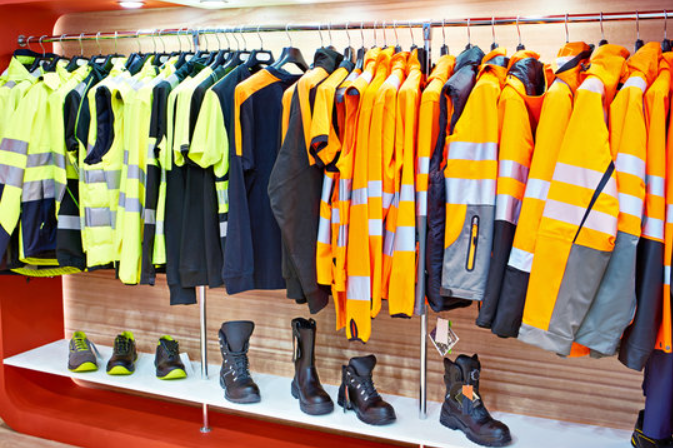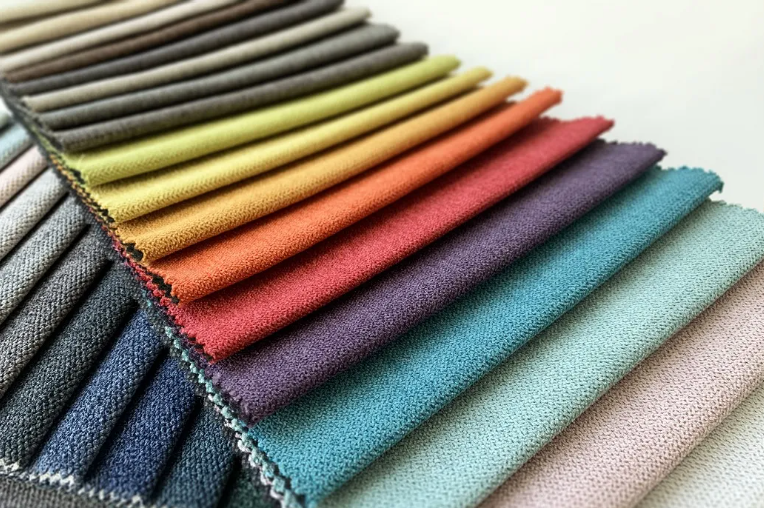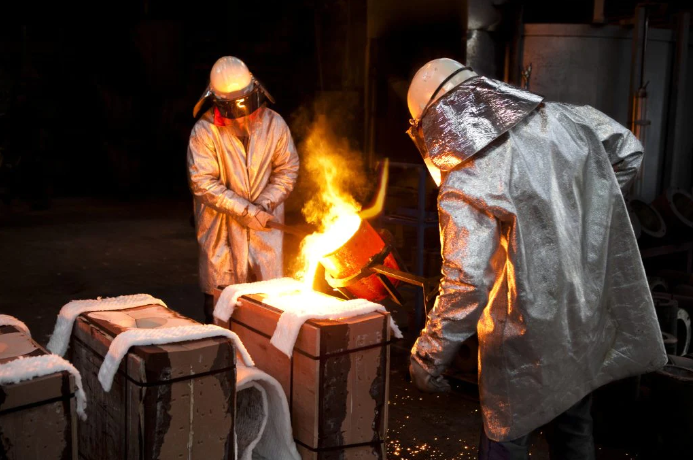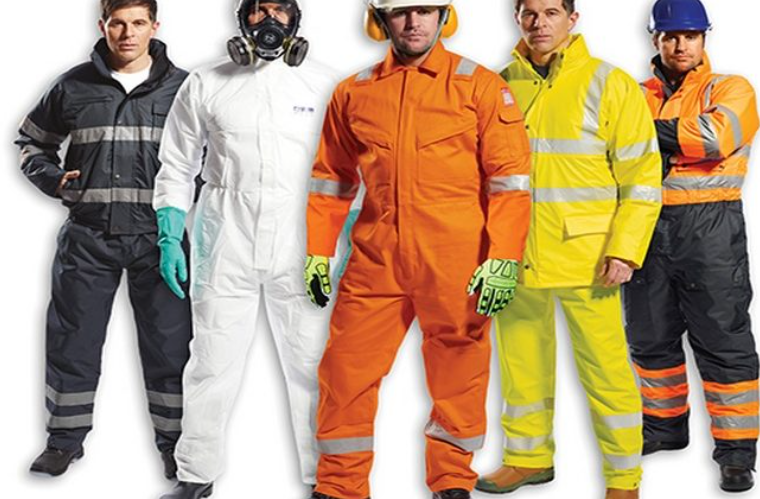Protective textiles: We describe here about according to protective textiles market, chemical protective textiles, cut resistant fabric protective textiles & american standards for uv-protective textiles. People will also get here protective textiles pdf article here.
Protective textiles: Protective textiles, commonly referred to as ProTech, represent an innovative advancement in the field of technical textiles. They are specifically designed to craft protective clothing that guards against various risks prevalent in diverse professional settings. The unique selling proposition of ProTech textiles lies not only in their protective functionalities but also in their ability to afford comfort to the wearer.
They demonstrate resilience against numerous potential hazards, including extreme temperatures, ballistic impacts, chemical exposure, and even UV radiation. While these textiles primarily focus on offering functional benefits, they don’t overlook the essential aspect of user comfort. The significance of ProTech textiles extends to a multitude of industries – from healthcare and firefighting to aerospace and defense.
As an indispensable part of the modern industrial ecosystem, they ensure safety without compromising on convenience. These textiles are a testament to how innovative material science can address pressing occupational safety concerns.
Unraveling the Protective Textile
A cornerstone of the technical textiles sector, Protective Textiles, or ProTech, are pivotal in offering myriad protective functionalities. They are engineered to provide resistance against heat, bullet impacts, chemical exposure, and extreme temperatures, among other dangers. Primarily valued for their functional properties over aesthetic appeal, these fabrics find their most significant application in the production of protective clothing.

These textiles play a vital role in designing attire that shields users from various natural and artificial threats encountered in their line of work. While the central function of these materials is to offer protection, the aspect of wearer comfort is also given substantial consideration. Hence, protective clothing made from these textiles ensure both safety and comfort.
Read Also: IFvod TV: Everything About You Need to Know 2023
Diving into the Raw Materials of Protective Textiles

Protective textiles employ a diverse range of raw materials, each selected based on the specific requirements of the end product. Here are some commonly used raw materials:
- Carbon Fiber: Predominantly used in the manufacturing of aviation and spacecraft components, industrial fabrics, and marine textiles.
- Meta-Aramid Fiber: This fiber is used in the creation of industrial protective clothing, hot gas filter bags, and racing suits.
- Polypropylene Fiber: Extensively used in marine ropes and wires, boat sail protection equipment, and in ship construction.
- Polybenzimidazole Fiber: Employed in high-temperature protective clothing and gas filtration.
- Tencel Fiber: This is utilized in filtration processes, various medical textiles, and in industrial fabrics within the oil sector.
Key Characteristics of Protective Textiles

ProTech fabrics come equipped with an array of distinctive features, making them a popular choice in various industries. Some notable characteristics include:
- Lightweight yet remarkably durable.
- Excellent draping and handling features.
- Resistant to a wide range of elements, including water, wind, and cold temperatures.
- Able to resist microorganisms, bacteria, and chemicals.
- Possess bulletproof and ultraviolet-resistant functionalities.
Examining the Types of Protective Textiles

The protective capabilities of these textiles make them an indispensable asset across various work environments. Let’s explore some of the key applications:
Read Also: How to Clean a Carpet at Home
Flame Retardant Textiles
These textiles, composed of cotton or nylon and additional fibers like Aramid, are treated with chemicals to slow down the burning process. They are essential for workers operating in high-temperature environments.
Chemical Resistance Textiles
Used primarily to guard against various hazards, these textiles provide necessary protection for workers in the chemical industry against harmful substances.
Health-care Textiles
These textiles, specifically designed to protect medical staff from blood and other infectious fluids, encompass respiratory membranes, masks, footwear, and emergency room textiles.
Firefighter Suits
Firefighter suits, composed of a blend of 56 different fibers, safeguard firefighters from extreme temperatures and thermal radiation. They include components like coats, pants, underpants, helmets, boots, gloves, and station wear outfits.
Micro-organism Protection Clothing
Specially designed to protect researchers studying micro-organisms from infectious diseases, these textiles possess high absorption capacities.
Space Shuttle Clothing
Considering the various challenges in space, special suits are designed for astronauts. Materials used include Kevlar, Nylon, Dacron, Nomex, Teflon, and Carbon Fiber.
Read Also: What do Boutiques Sell
Bulletproof Clothing
Bulletproof clothing, a type of protective textile, absorbs the impacts from bullets, reducing potential injuries. Primarily worn by police, military, and bomb disposal officers, it provides critical personal protection.
Radiation Resistance Textiles
These protective textiles shield the body from radiation exposure and are essential for professionals in cancer treatment centers and nuclear power plants.
Ultraviolet Protective Clothing
Designed to shield skin from harmful UV radiation, these textiles are growing in popularity due to increased awareness about skin cancer.
Ballistic Retardant Textiles
Ballistic protection textiles use materials like Aramid, super-high molecular weight polyethylene, and crystalline polymer-based fibers. Hybrid fibers are increasingly used in military equipment for ballistic protection.
Mechanical Protective Textiles
These textiles offer personal protective function against threats like ballistic impacts, sharp cuts, penetrations, knife attacks, and slashes.
Read Also: Best Material Brand for Nonwoven
Closing Thoughts
Protective textiles are a versatile segment of technical textiles with extensive applications across industries. Their continual evolution in terms of new and innovative products highlights the importance of these textiles. Functional and cost-effective materials are not just a possibility but a necessity in this domain. As a crucial component of technical and industrial textiles, protective textiles are experiencing growing demand for environmental, chemical, radioactive, and other forms of protection.
Read also: click here


1 Comment
It’s great that you shed light on one of the important types of textile fabrics. The blog was really helpful and comprehensive and it is surely going to be a useful resource for people. Kudos to you, keep up the good work!